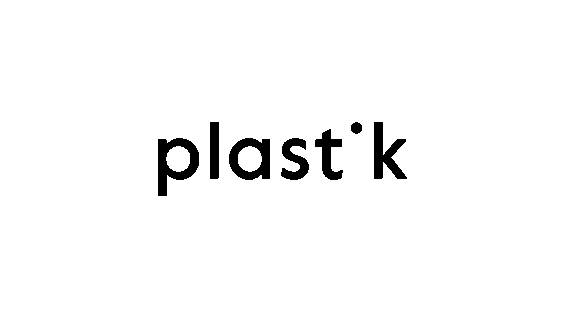PLASTIK 06
because sometimes enough is enough
A few days before the magazine went to print, I felt a deep urge to write out of anger and disappointment about what we have turned into. Sadly, I realized that I have been living in an environment where I have kind of obligation to spend my Sundays at “La Plage” not only pressing the flesh with the who’s who in Botox society, but also helplessly overhearing “the young and the restless” crowd (a.k.a the “4pm-ers” or the “happy nation”) complain about how much they hated “White” the night before (knowing that deep inside – trust me - they had an amazing time!). In other words, classic Lebanese “Je l'aime, mais je ne peux pas montrer.”But the topic du jour revolved around – as always – status symbolism in Lebanon. I listened in to two guys argue over how much one should pay a valet at “Al Mandaloun” in order to get his car parked at the entrance and guarantee an evening full of stares and endless “oohs!” and “ahhs!” by the unfortunate ones who - God forbid - have to “wait” for their cars. It is not enough that valets have become more powerful than the President – it seems like every 10 meters one pops out of nowhere to prevent you from parking because they have confiscated that space earlier and claimed it as their own; but they are also the most tipped. So,I couldn’t help but be intrigued to hear the ending of this intense two hour conversation. Apparently, “the head of valets” classifies people into two categories named after famous Lebanese family names: “Shehade” (translates into “beggers”) are those who pay 20,000 L.L max, and “Karam” (or “generosity”) that pay up to - gasp - $100 to get their exclusive spot near the entrance. I did not know what bothered me the most: the fact that two well educated men spend their precious Sunday lunchtime mingling over a valet’s worth like watching a lousy episode of “Gossip Girl,” or the fact that their story is unfortunately true. And then it hit me: if every single Lebanese were born with a survival manual of the city in hand, we would not spend our times trying to decipher the codes of status and prestige, or even worse, abide by them. When will we stop buying into this “purchased” joy, and find genuine happiness in simple matters? Who are we trying to impress?
SONIA RYKIEL
Feature
Sonia Rykiel , the flame -haired grand dame of Paris fashion , launched her own label on the romantic district of Paris ’ Left Bank in May 1968, amid outbursts of student protests and general strikes . Her penchant for making clothes was purely derived from a necessity ; she simply needed soft maternity sweaters when she was pregnant with her daughter , Nathalie . “I imagined kangarooclothes,” she says . “Stackable , collapsible , movable , with no right side , no wrong side , and no hem . Clothes to be worn in the daytime I could refine at night .” Unable to meet her demands , Sonia created her first knitted sweater for a bouti que called “Laura ,” owned by her husband Sam Rykiel in 1962. The design proved so successful that it was featured on the cover of Elle , which urged Sonia to produce many thereafter. Ironically , that very sweater became her most iconic creation that crowned her the title “Queen of Knits ,” and that very daughter would later take on the family business and expand it into a global fashion Empire .
Mel ramos
IntervFeatureiew
Inspired by comic books and the all American art of Pi n-up, Mel Ramos’ work is at once a celebration of the female form and a playful critique on the increased use and sexualization of women in ads and publicity since the 1960s.
nick knight
Feature
One of Britain’s most innovative photographers, Nick Knight has come a long way since his first publication “Skinheads.” From the raw and direct photos shot on the streets of London he moved to masterfully manipulated images for some of the world’s leading designers, musicians and magazines. Yet one thing remains: Knight always aims to push the limit, be it by glamorously portraying disabled people, the elderly, Massive Attack’s “Mezzanine” album or by establishing SHOW studio, one of the world’s leading art and fashion websites.
hayao miyazaki
Feature
Film maker Hayao Miyazaki hates the nickname that has been pinned on him in the West, “the Walt Disney of Japan”. He may have teamed up with Disney to translate and distribute his movies, but Miyazaki is certainly no Walt. If any moniker should apply it is the “Akira Kurosawa of animation.”





